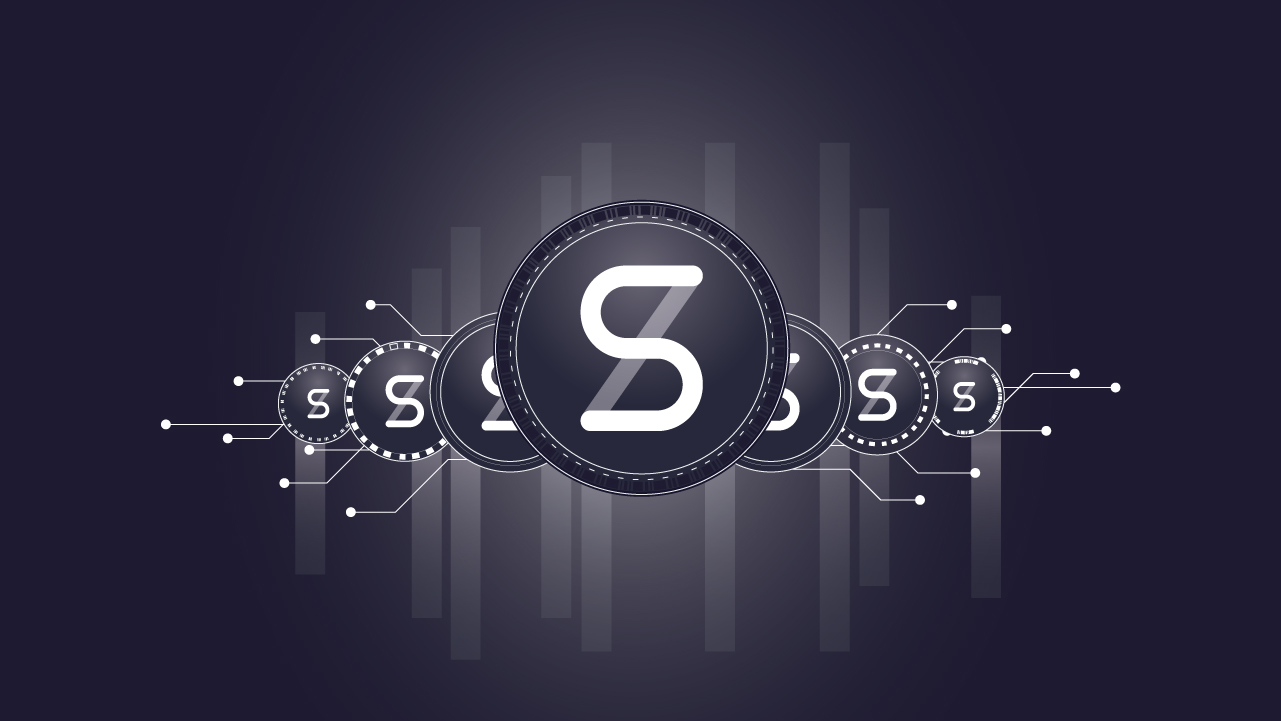
¶ Synthetix Composable Assets
¶ A Lego Metaphor
First, a metaphor: Let's say you have a really cool Lego boat... but you're kinda into that other girl's Lego Star Wars set.
Feel free to ask her, but I don't think she'll do a straight swap. She'll probably want to keep an Ewok or a speeder or something.
But you have another option!
You know the world's BEST Lego builder; he can reach into a box of legos and build the most intricate, beautiful object you can imagine without effort. You can also hand him a finished Lego and he'll neatly disassemble it nearly instantly.
Instead of swapping, you should take your boat to the builder.
He'll disassemble it into individual bricks and then rebuild it into that same Star Wars set.
The builder takes a fee, but he's playing a different game than the first girl.
Let's just say bricks, not Ewoks.
¶ Synthetix
Let me introduce you to Synthetix, the synthetic asset protocol.
Users stake sSNX tokens in order to mint synths, an ERC-20 token which tracks the price of an external asset.
sUSD, sETH, sBTC, sEUR, sAAVE, sLINK...
User flow:
- User stakes $SNX
- User mints Synths against staked SNX with a collateralization ratio (CR) of 400%
- If the CR drops below 200%, user is flagged for liquidation. S/he has 72 hours to fix CR to 400%
- SNX stakers receive protocol fees and SNX rewards
At this point, the user is free to use the Synth however s/he sees fit.
- Stake your sUSD on Curve Finance for SNX rewards
- Sell your sBTC because you want to short BTC
- Grow your ETH exposure by depositing sETH into Yearn Finance
¶ Trading with Synthetic Assets
Synthetic assets provide exposure to an asset without holding the underlying resource.
This has a range of advantages, including reducing the friction when switching between different assets, expanding the accessibility of certain assets, and censorship resistance.
Trading through Synthetix provides many advantages over traditional venues.
All trades are executed against a smart contract and all settled through SNX.
This provides liquidity up to the total amount of collateral in the system with zero slippage.
Until recently there was an (killer) trade off in using Synthetix trading: each trade had a 10 minute delay. We aren't going to get into it, it's a system of the past, but essentially the delay provided a buffer to settle in the case of front-running or oracle manipulation.
Today Synthetix has built a system based on "a combination of oracles from Chainlink and Uniswap V3."
I don't really know what that means, but their docs assure us that it is "without significant frontrunnable risk."
Point is, trades are as quick as any DEX.
Example:
Synthetix will route a ETHUSDC trade through the following path:
- Take USDC
- Swap for sUSDC at Curve Finance
- Convert sUSDC to $sETH on Synthetix
- Swap for ETH on Curve
- Return ETH
Very low slippage from Curve, no slippage from Synthetix
Sound complicated? Well the good news is that all of this happens behind the scenes. Atomic swaps are implemented via other protocols.
1inch recently integrated atomic swaps and driven a huge amount of volume through Synthetix.
¶ Universal Liquidity
Trading isn't the only application Synthetix is good for; using the same concept we'll soonTM see cross-chain bridging.
Instead of a bonding-based system, Synthetix can move Synths cross bridge without worrying about liquidity or batching.
Even on its own, Synthetix is a really cool protocol. The idea of synthetic tokens for anything with a price feed, combined with SNX as universal liquidity, has already proven its power.
But for us De-Fi zealots, there is even more to love.
If you're a believer in Curve Finance and The Flywheel, you have to see just how much Synthetix is bringing to the table.
The offer? Near unlimited liquidity for even the largest of trades.
The ask? A LOT of very efficient stable swaps in and out of Synths
If The Flywheel is the combination of Frax Finance, Curve Finance and Convex Finance, then is Synthetix a wizard who figured out how to harness its energy.
My only question: why isn't Synthetix building up a CVX stack?
Or at least sCVX?
Regardless, Synthetix is a powerhouse...
I can't wait to see what's synthesized up next!
¶ Resources
Source Material - Twitter Link
Source Material - PDF